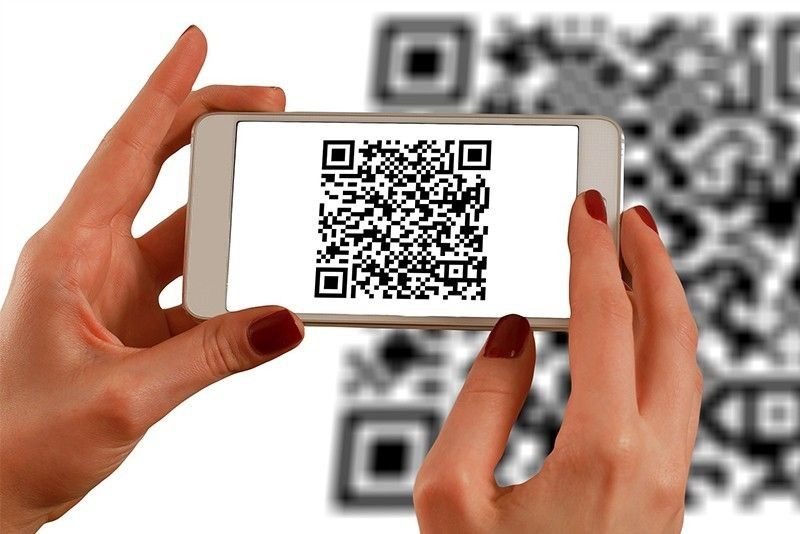Unraveling the supply chain with blockchain: A basic use case of inventory traceability


Welcome back to our series on how blockchain is revolutionizing the supply chain. In today's installment, we'll focus on a basic but powerful use case: food traceability. Imagine being able to scan a QR code on a package of strawberries and instantly know its entire journey from the farm to your grocery store. With blockchain, this is not just possible; it's becoming the norm.
The problem with traditional supply chains
In a traditional supply chain, information is often siloed within each organization that handles the product. This makes it difficult to trace the origin of food items, which is a significant issue in cases of contamination or fraud. For example, if a batch of strawberries is found to be contaminated, it can be a cumbersome and time-consuming process to trace it back to its source. This delay can result in more people getting sick and increased waste as stores may have to discard all strawberries as a precaution.
How blockchain comes into play
Blockchain offers a decentralized ledger that is immutable, transparent and accessible by all parties in the supply chain. When a farmer harvests a batch of strawberries, they can record key information such as harvest date, location, and quality checks onto a blockchain. As the strawberries move through the supply chain—through distributors, processors and retailers—each party can add their own set of information to the same blockchain record.
The benefits
1. Transparency: Consumers can scan a QR code to access all this information, providing unprecedented transparency.
2. Speed: In case of a contamination issue, the batch can be quickly and accurately traced back to its origin, allowing for targeted recalls.
3. Trust: The immutable nature of blockchain means that once information is recorded, it cannot be altered, increasing trust among all parties.
4. Efficiency: Automating the traceability process can result in cost savings for companies and faster delivery times for consumers.
Real-world example
Organizations like Blockchain Council of the Philippines and Supply Chain Management Association of the Philippines with its LINK consortium blockchain are already partnering with major logistics company and retailers to implement this technology. By scanning a QR code on a proof of delivery, you can now verify and trace the origin of the package.
The LINK was launched last SCMAP’s Supply Chain Conference on Sept, 22, 2023. More details will be published.
Conclusion
Blockchain is more than just a buzzword; it's a technology that offers tangible improvements to the supply chain. Food traceability is just one basic example, but the applications are endless. From pharmaceuticals to automotive parts, the future of transparent, efficient, and trustworthy supply chains is being built today, and it's being built on blockchain.
- Latest



























